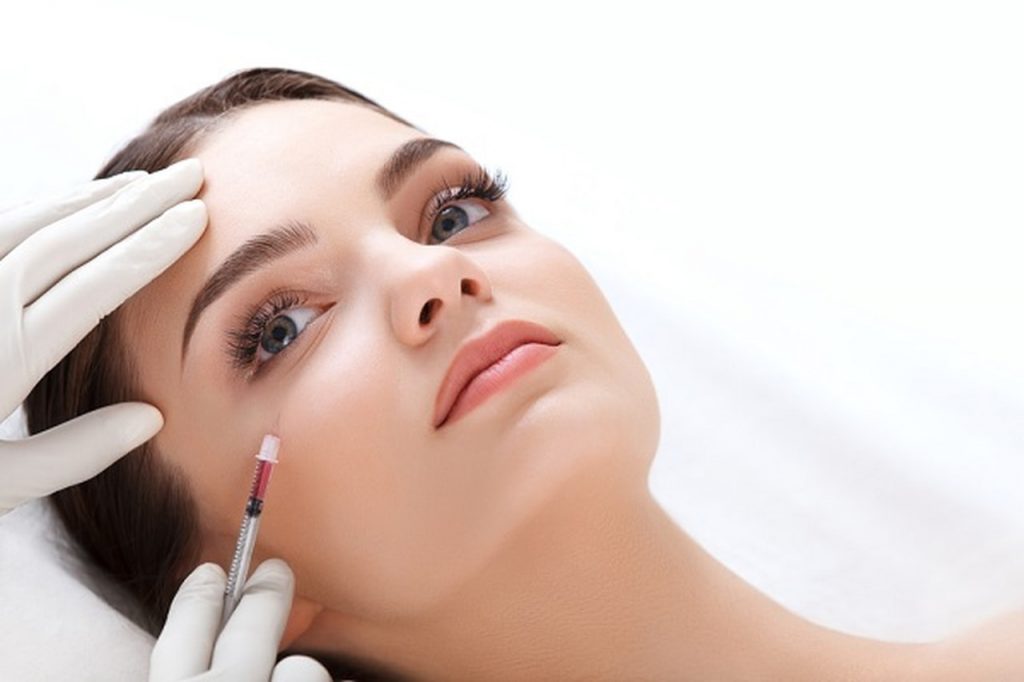Many people around us are obsessed with fair skin so much so that they undergo different treatments without realising the adverse effects that these can have.
Vitamin C, Vitamin E, selenium and superoxide dismutase (SOD) are used for various skin problems. Glutathione, a powerful antioxidant, plays a key role in multiple biological functions and research shows that many diseases are associated with low glutathione levels. While the primary function of glutathione is scavenging the body of free radicals, it has a perceptible effect on reducing pigmentation.
Glutathione is not widely known, though it is being used to help whiten skin. Glutathione skin whitening is growing in popularity and is helping people achieve the skin pigmentation they desire with no harmful side effects when taken in proper dosages.
To know more about glutathione and its effects, Sunday POST got in touch with Dr Meenakshi Jagwani, consultant dermatologist from Bangalore. She gave us a lowdown on glutathione.
Glutathione (GSH) is a thiol tripeptide made of three amino acids. It is the most abundant free radical scavenger in the body. It exists in a cell in two states, reduced GSH and oxidised GSSH, and plays an important role in shielding cellular macromolecules from endogenous and exogenous reactive oxygen and nitrogen species. There are many fairness products that contain glutathione in topical form (such as creams and face wash), intradermal in the form of mesotherapy solutions, oral form (tablets, sublingual spray and lozenges), and parenteral form (intravenous injections).
On the negative effects of glutathione in fairness products, Meenakshi said, “Topical application in the long term can increase sun sensitivity, contraindicated in skin cancer patients. As for oral glutathione, a few studies have shown that long-term use can reduce zinc levels and increase flatulence, cause loose stools and weight gain, contraindicated in patients with a peptic ulcer caused by Bacteria H.pylori. I would recommend oral glutathione for three months and then a gap of two months. The adverse effects of intravenous glutathione mentioned in the Philippines FDA warning include cutaneous eruptions ranging from skin rashes to serious and potentially fatal Steven Johnson syndrome (SJS)and toxic epidermal necrolysis(TEN), thyroid dysfunction, kidney dysfunction with the potential of development of renal failure and abdominal pain. Rare but lethal complications include air embolism, blood-borne infections or fatal sepsis.”
Glutathione skin treatments are rarely pocket-friendly, as the injection cost may range from Rs 6,000 to Rs 12,000 per sitting, added Meenakshi. There are no approved guidelines for the dosage and duration of glutathione injections for hyperpigmentation. A few manufacturers of IV glutathione recommend a dose of 600-1200 mg for skin lightening, injected once or twice weekly.
When asked about the result given by these skin whitening products, Meenakshi said, “The results for fairness are not always consistent. However, skin brightening is seen in most of the patients. And IV glutathione is supposed to be better than oral because of greater bioavailability (almost 100 per cent) compared to oral glutathione and topical glutathione. However, studies have shown that glutathione, when taken for a long time, can decrease the zinc levels and increase neurological side effects in patients prone to a migraine and headache.”
Shabiha Nur Khatoon, OP
